Ordering the focaccia was an afterthought, a recommendation proffered by the waiter to accompany our burrata Genovese. It was, however, a beautiful piece of bread, among the best I’ve had in a long, long time.
It’s served in a shallow bowl, on top of wax paper. The paper prevents the bread from sitting in the copious amount of olive oil that’s been drizzled over the focaccia, quality oil that I, once the bread was gone, spooned into my mouth.
The bread has a crisp exterior, one to which large flakes of salt adhere — some of the salt melts into the (in parts) charred surface of the bread, and a few pieces of fresh rosemary are also there.
The interior is another story. Moist, warm, chewy, a touch of smoke. This bread’s crisp/chewy ratio is sublime. It’s cooked in Ronan’s wood-fired oven, as are the pizzas — Angela ordered The Brooklyn (shaved mushroom, Parmigiana, red pepper flakes, and oregano) — and the char on the crust is exactly as I like it: fully blackened in some areas, partially at other spots. Prime ingredients, ample olive oil applied after cooking.
It was Mother’s Day, a fine Sunday in Los Angeles, and since we were unable to celebrate with our mothers in person (one lives near Houston, Texas, the other in Jupiter, Florida), this was the next best thing: A meal outdoors, to honor our mothers, at a restaurant that had been on my to-experience list since we moved to LA.
The outdoor patio runs along one side of the restaurant, and it’s a pleasant place, made more exciting on the day because we had the honor of sharing the space with Norman Lear.

We brought a bottle of wine from home, a Vietti Perbacco (2018) — Ronan’s corkage fee is $25 for the first two bottles, $40 per each after that — and began with the burrata Genovese. (I’m looking forward to having a meal at Ronan on a Wednesday, when all wines on the list made by women winemakers are offered at 30 percent off regular price.)
The burrata was the way to start. The inclusion of whole basil leaves injects a spark of additional freshness to the dish, and the cheese is as good as you want from burrata. Slicing into the ball of dairy and gathering a spoon of solid and liquid approaches a magical experience, and the toasted pine nuts and basil pesto and olive oil and salt that completed this course left nothing out in flavor and pleasure. The focaccia, yes, is advised, because you can sop up the olive oil and cheese with pieces of it. You won’t leave anything uneaten.
The pork meatballs were my choice. I love meatballs, and make them often. I generally use a recipe I adapted from this one by Michael White, and it’s a good one. Ronan’s version of meatballs has a new admirer, and if they are on the menu when I’m next at the restaurant I’ll be tempted to order them.
A lesson in cooking meatballs: If using a skillet on top of the oven, leave the meat alone long enough to form a crust all around; they do this at Ronan, and the result is a satisfying mixture of textures that, for a moment, will make you feel all is well in the world. The meatballs are served in a small bowl along with a tomato sauce, a liberal amount of Parmigiana, olive oil, and basil leaves. Comforting, yes, and that’s good. But the cooking technique is worthy of adoration.
I have to mention the butter. It’s listed as “Housemade Cultured Butter” on the menu, and that it certainly is. It’s presented at the table on a small saucer, a saucer that it shares with a pool of olive oil and coarse black pepper and salt. The culture is rich, almost too rich — if such a concept exists. Is it needed on the focaccia? That is debatable. But I applied plenty of that culture to my bread, and I’ll do it again.







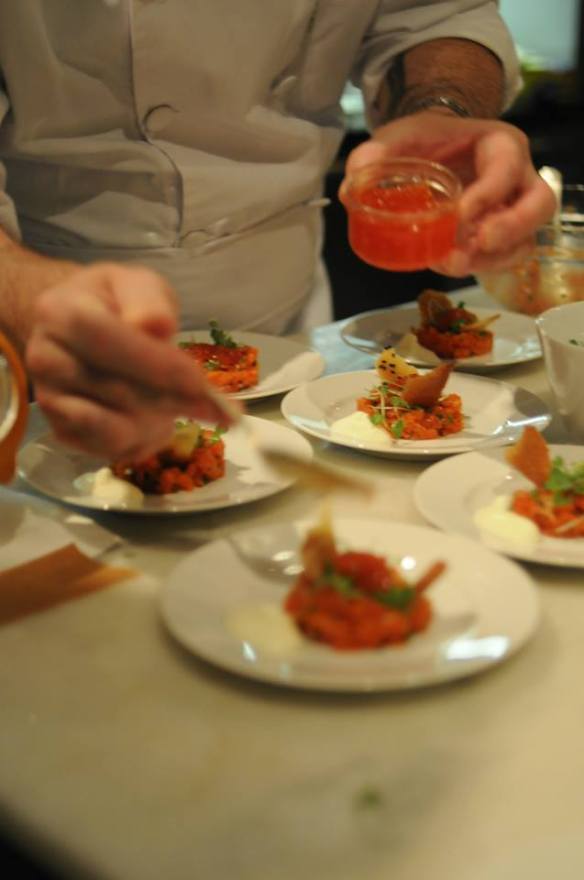


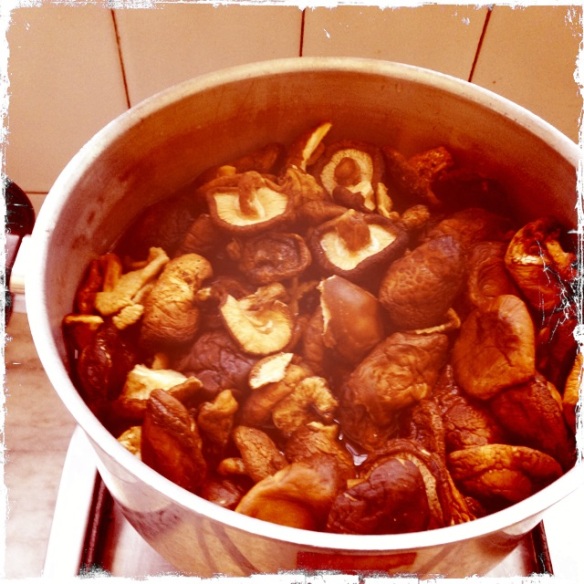
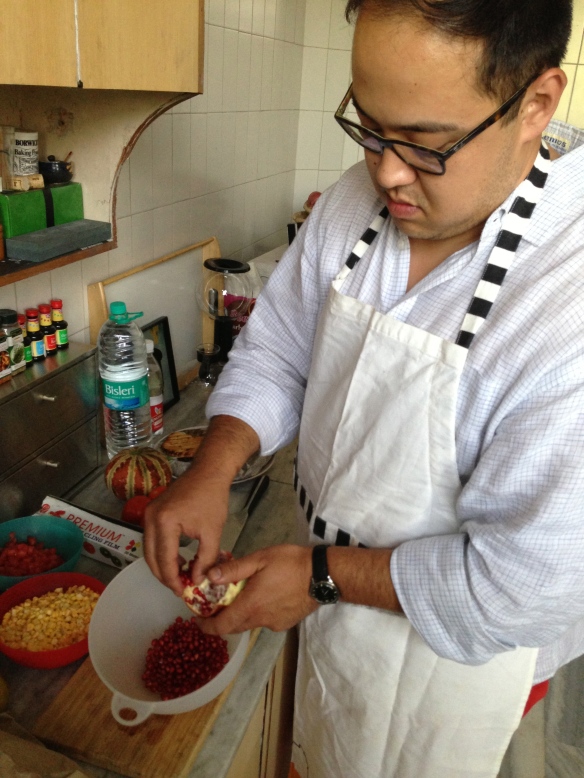
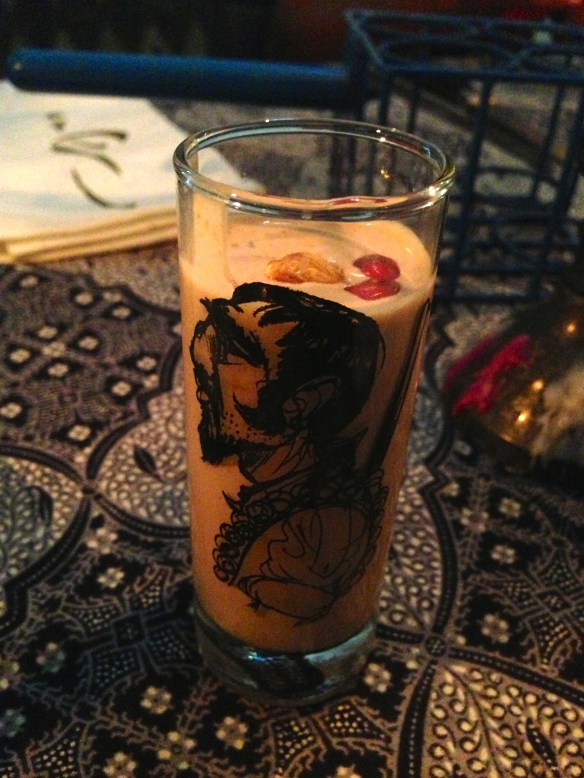
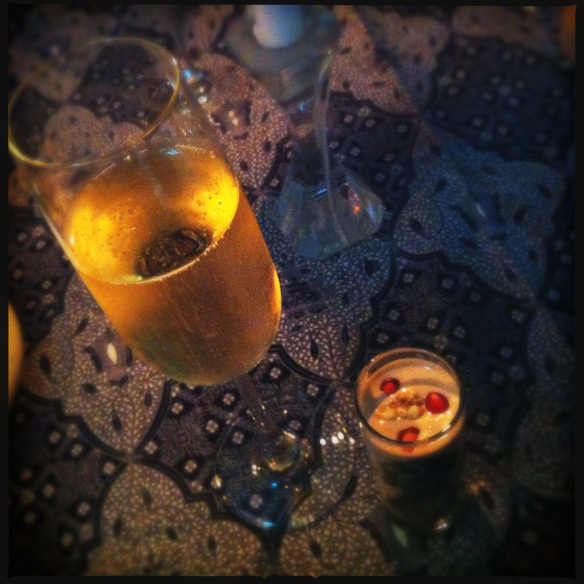
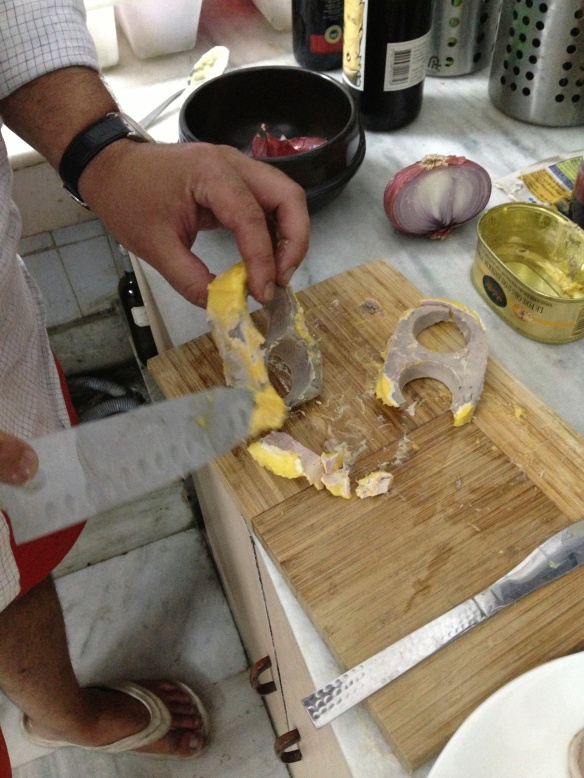
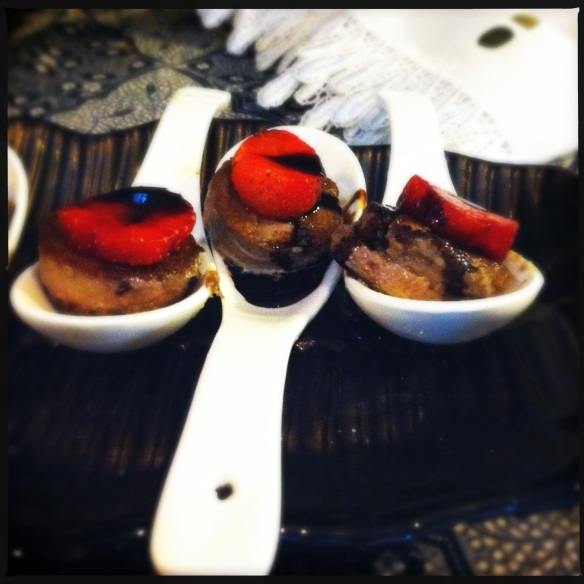
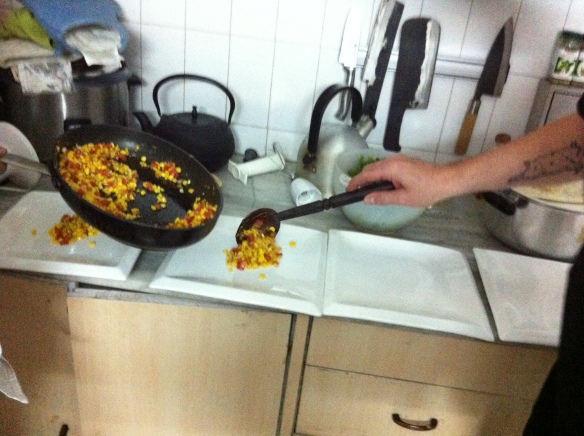
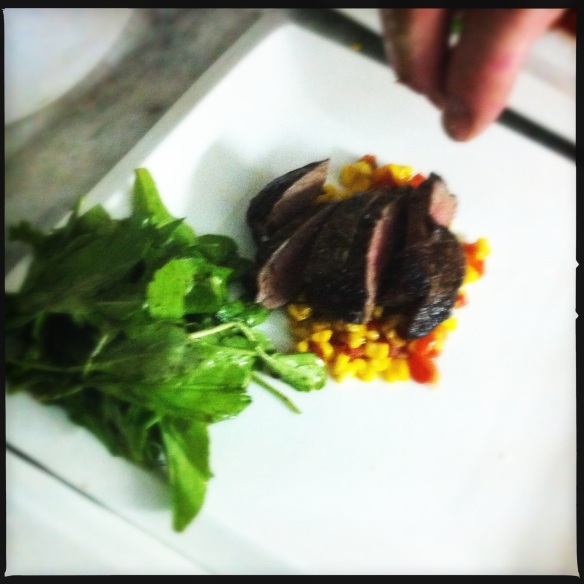

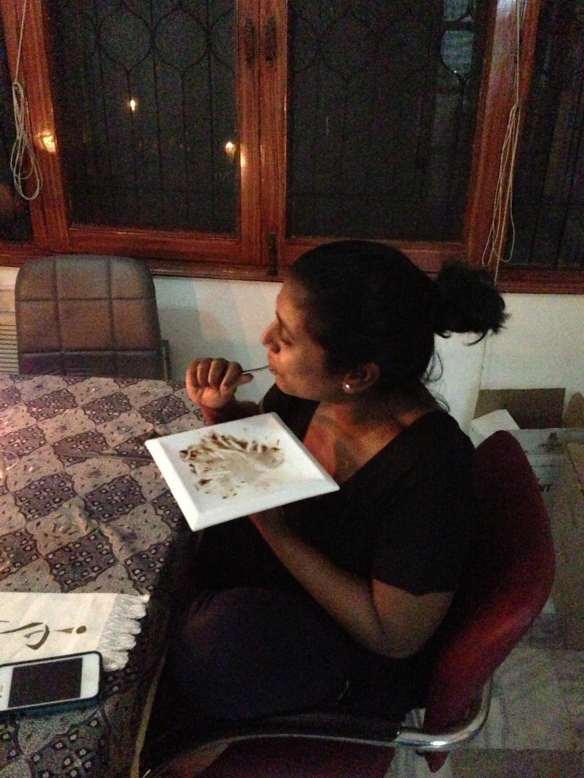

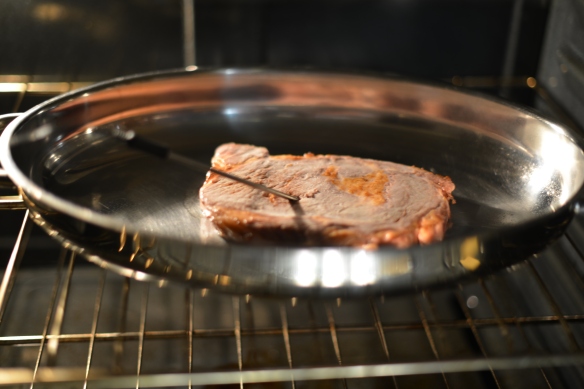
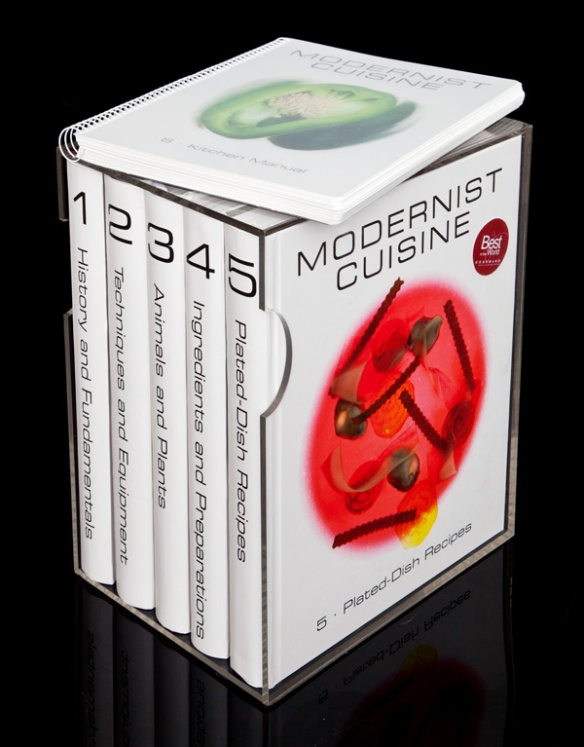


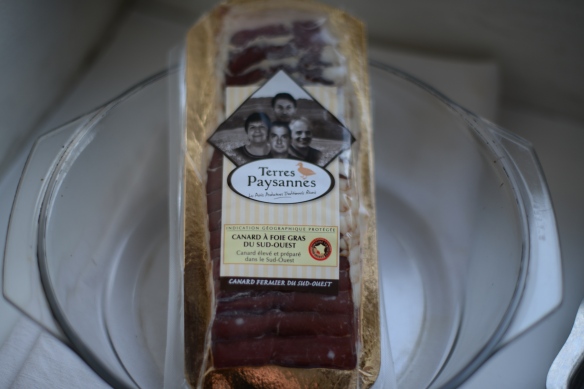
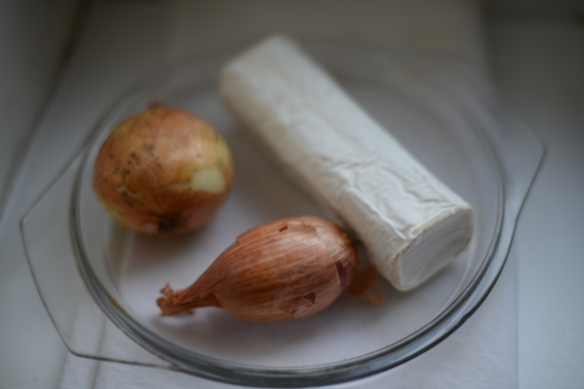

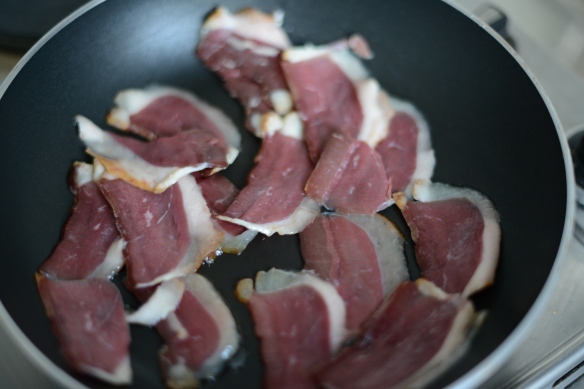
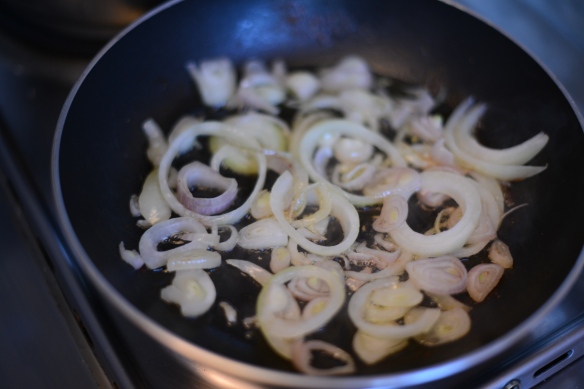
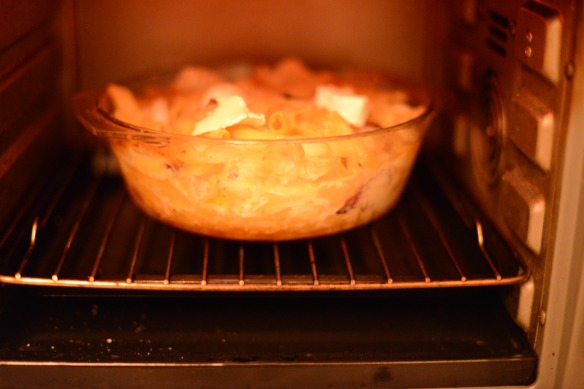
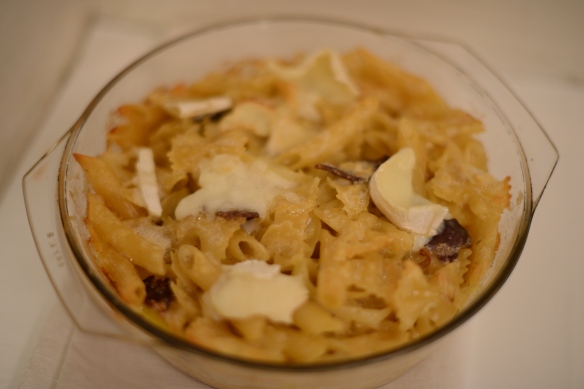


Recent Comments